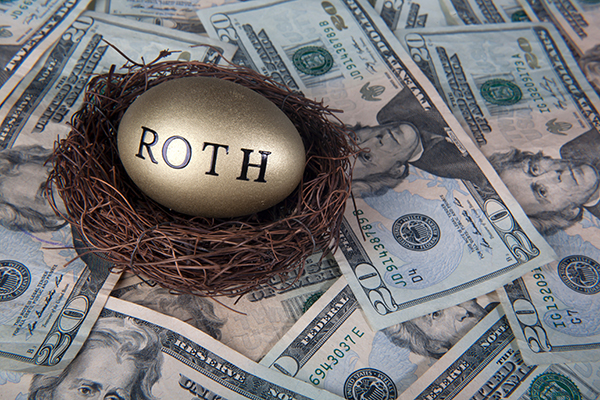The Rising Popularity of Roth 401(k)s: What Plan Sponsors Need to Know

As we move through 2025, the interest in Roth 401(k) contributions continues to grow among employees and employers. This trend is currently driven by evolving tax laws, changing financial priorities, and shifting retirement timelines. For retirement plan sponsors, understanding why Roth 401(k)s are gaining traction is critical to providing a competitive and effective retirement plan offering.
Roth 401(k) Basics
A Roth 401(k) is an employer-sponsored retirement plan that allows employees to make after-tax contributions. Unlike a traditional 401(k), where contributions reduce taxable income today and withdrawals in retirement are taxed, Roth 401(k) contributions are taxed up front. However, qualified withdrawals in retirement—both the original contributions and the earnings—are tax-free. It combines the high contribution limits of a 401(k) with the tax-free withdrawal benefits of a Roth IRA and includes employer matching, although the match itself remains pre-tax and is subject to taxation when withdrawn.
More Interest in Roth 401(k)s
Several factors help to contribute to the increased adoption of Roth 401(k) plans. First, many employees are seeking tax diversification to hedge against future tax uncertainty. By contributing to both pre-tax and after-tax accounts, they gain more flexibility in managing income during retirement. Second, Roth 401(k)s do not have income limits, unlike Roth IRAs, which makes them attractive for high earners who would otherwise be ineligible to contribute to a Roth IRA. Third, recent legislation such as the SECURE 2.0 Act has encouraged broader Roth adoption. For example, catch-up contributions for high-income earners must now be made as Roth contributions. Lastly, younger employees, who expect to be in higher tax brackets later in life, are increasingly choosing Roth contributions to take advantage of future tax avoidance.
Roth 401(k) Benefits for Employees
Offering a Roth 401(k) can provide significant advantages for employees. The most obvious benefit is tax-free growth and withdrawals in retirement, which can be especially powerful over long time horizons. Additionally, beginning in 2024, Roth 401(k) assets rolled into Roth IRAs are no longer subject to required minimum distributions (RMDs), giving retirees more control over when and how they withdraw funds. Roth contributions can also be particularly beneficial for employees currently in lower tax brackets, as paying taxes now may be more favorable than in retirement. Roth assets also open the door to more advanced tax planning strategies later in life, including managing taxable income and reducing the risk of Medicare surcharges or Social Security taxation.
Not the Right Fit for Everyone
Despite these advantages, Roth 401(k)s are not the right fit for everyone. Employees in higher tax brackets today may be better served by deferring taxes through traditional contributions, especially if they expect to be in a lower tax bracket in retirement. Roth contributions also reduce take-home pay since taxes are paid immediately, which may discourage participation. Moreover, there is always uncertainty about future tax policy—if tax rates fall, Roth contributors may end up paying more taxes than necessary. And while employees can contribute to a Roth 401(k), the employer match remains pre-tax and will be taxed upon withdrawal.
Final Thoughts for Plan Sponsors
For plan sponsors, offering a Roth 401(k) option provides a valuable tool in helping employees prepare for retirement. However, offering the option is only the first step. Education is considered essential. Employees should understand the differences between traditional and Roth contributions and how those choices align with their long-term goals, income trajectory, and tax situation. Consider offering educational resources, calculators, and access to financial professionals who can help participants make informed decisions.
Now is the time to review your plan offerings. Does your retirement plan include a Roth 401(k) option? If not, consider the benefits of adding one. Are you effectively communicating the implications of Roth contributions to your employees? Proactive education can lead to higher engagement and better outcomes. And with the momentum from SECURE 2.0 still building, participants are more likely than ever to inquire about after-tax options.
Roth 401(k)s are rapidly becoming a staple of modern retirement planning. By understanding the trend and providing the right support, plan sponsors can help employees take advantage of one of the most powerful retirement planning tools available today.
This is intended for informational purposes only. You should not assume that any discussion or information contained in this document serves as the receipt of, or as a substitute for, personalized investment advice from Savant. Please consult your investment professional regarding your unique situation. Historical performance results for investment indices, benchmarks, and/or categories have been provided for general informational/comparison purposes only

